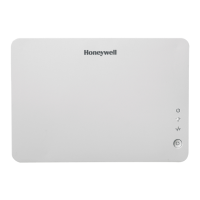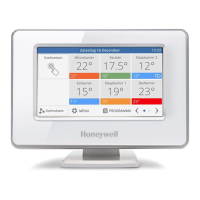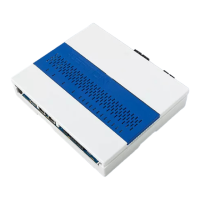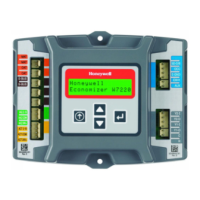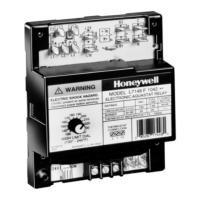ENGINEERING MANULA OF AUTOMATIC CONTROL
INDIVIDUAL ROOM CONTROL APPLICATIONS
401
INTRODUCTION
This section describes applications for air terminal units and
unitary equipment used in individual room control. The air
terminal units covered include variable- and constant-volume
units connected to single- and dual-duct air handling systems.
The unitary equipment described includes natural convection
units, radiant panels, unit heaters, unit ventilators, fan coil units,
and heat pumps.
In individual room control, the control of a room or space is
maintained by a room sensor and a controlled device such as a
valve or damper actuator, a burner unit, or a compressor. The
method of control may be pneumatic, thermal, electric,
electronic, or digital. As environmental and standard code
requirements change, the control system can be upgraded to
enhance the operating capabilities of the system and the terminal
units, resulting in complex control strategies for each type of
terminal unit.
Applications presented in this section are based upon DDC
and a BMS. If a BMS is not available, control remains
unchanged and the BMS displayed data points should still be
available for operators and technicians via a portable terminal.
Simple systems such as unit heaters are also shown in Electric
Control Fundamentals section.
Large air handling units and chiller plants typically use
general purpose digital controllers, while rooms typically use
controllers designed for room control. Thus, a VAV box
controller may be configured to control a variety of VAV boxes
in a variety of ways, but cannot be programmed to control a
multi-zone unit. Specifiers of room control strategies must check
with vendors to be sure the specified applications can be
performed within available products. Many room control
schemes are used today. This section presents only a few of the
more common ones. Room control strategies must be
coordinated with primary air and water systems to assure
compatibility.
Control schemes are presented in a BMS graphic display
format, including software and some engineering data.
Automation concepts are presented at the end of this section.
With most room units, several units may be combined on a
single display for operator simplicity. Although valuable in this
discussion, the level of technical data could overwhelm the non-
technical operator. In all cases the data displays should consider
the user’s need to know and ability to understand.

